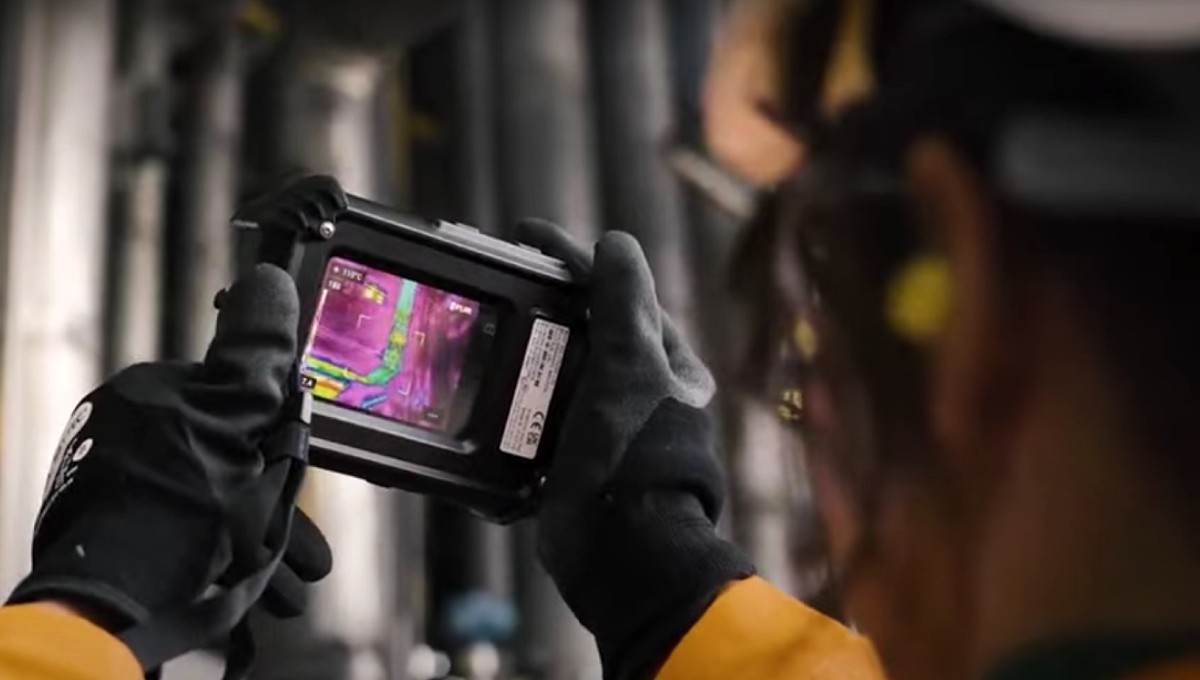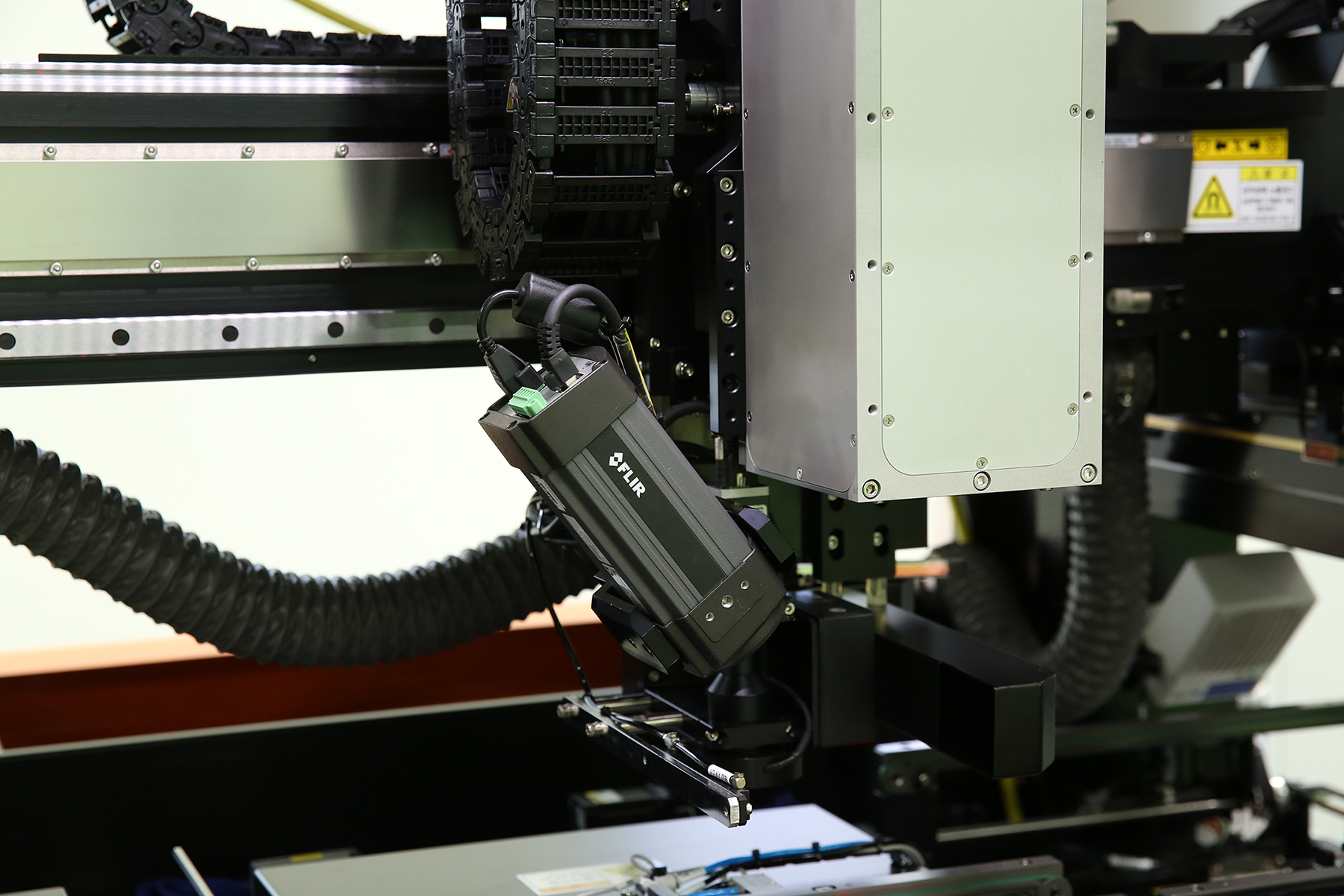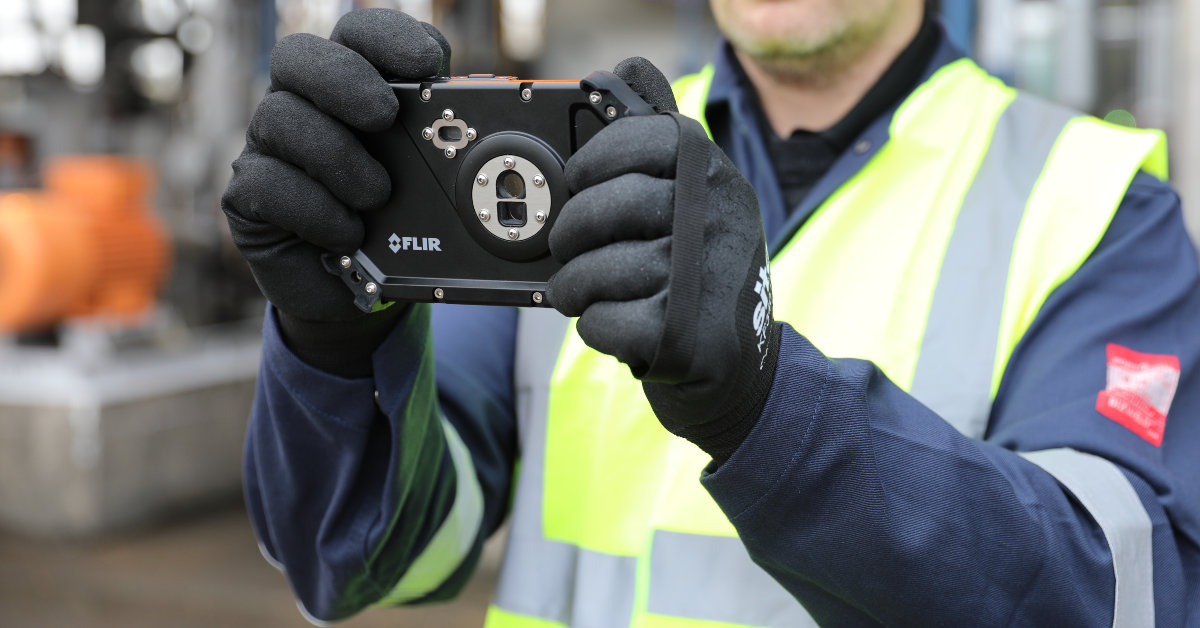Thermal Imaging is ‘The Next Evolution’ of Inspection: Reducing Explosion Risk at Wastewater Treatment Plants
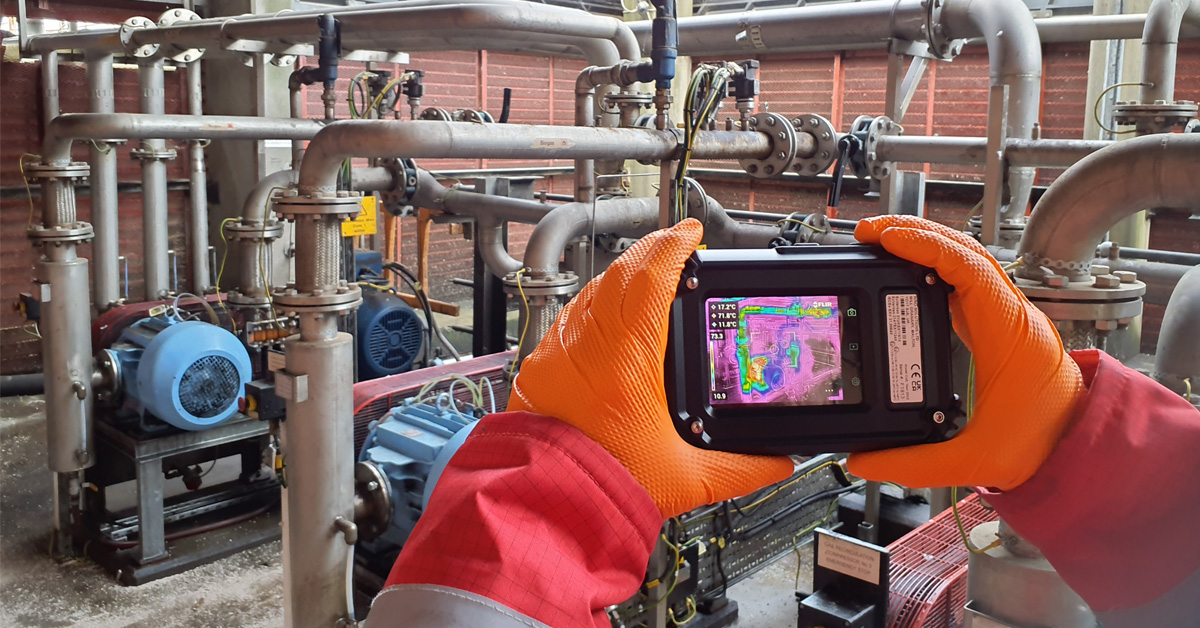
A water treatment centre might seem like an unlikely place for a fire to break out, but the waste they handle can produce large amounts of methane gas. The flammable methane gas is then used to generate power and feed electricity into the electricity grid. Alternatively, the biogas can be enhanced to be directly fed into the national gas grid.
Fires and explosions here can endanger lives and put serious strain on water supplies and sewage infrastructure. Indeed, when an explosion occurred at a water treatment site in Avonmouth, UK, in 2020, four workers were killed - making the dangers of fire and explosion no longer a theoretical concern but an immediate mandate for suppliers.
So, how can water treatment plants manage this chronic risk of explosion?
They must now embed robust safety measures into their treatment processes. One way of doing this is by using certified thermal imaging to reduce the risk of methane ignition.
How the UK’s biggest water and sewage company manages methane
Anglian Water is the UK’s largest water and sewage company by area - supplying 2.5 million homes and 110,000 businesses through a network of water treatment plants.
With the average UK home using 350 litres of clean water every day, this network is under constant pressure. Anglian Water’s sludge treatment centres, 1,100 water recycling sites, and 8,000 pumping stations work 24/7 to remove contaminants from wastewater and prevent the taps running dry.
What is sewage sludge?
Sewage sludge is the material waste from wastewater once it has been separated from the water that carries it. It consists largely of industrial wastewater, human faeces, and other organic matter such as fats, oils and food waste.
Once the waste has been suitably cleaned to return to the environment and water has been pumped back into the water supply, the sludge is processed by anaerobic digestion. In this process, the waste is left to decompose in an oxygen-starved environment and broken down by naturally occurring bacteria into its base components, a process that creates methane gas as a by-product.
This methane biogas can then be used to generate renewable electricity or natural gas for fuel, heat, or energy.
How thermography is reducing explosion risk at wastewater treatment plants
Due to the potential of flammable methane on site, sewage treatment plants that process sludge are classed as potentially explosive environments, leading to 'zones of risk' under the ATEX directive.
This means that strict procedures are in place to limit risk and reduce the possibility of fires and explosions. In these environments, usually, a hot-work permit would be required.
A hot-work permit is a detailed paper trail that preventative maintenance engineers must fill in, assessing the risks of a site and detailing how they intend to inspect and service specialist equipment. However, as these need to be signed off by management and are only valid for one shift at a time, the process can be time-consuming and allows problems to worsen without intervention.
Anglian Water is avoiding the need for hot-work permits for asset inspections by using thermal imaging cameras that are specifically designed to be used safely in Zone 2 ATEX environments. The company uses several FLIR thermal imaging cameras to uphold robust safety measures in gas monitoring, saving time and man hours. FLIR thermal imaging cameras allow them to instantly inspect machinery without the need for prior approval, as the camera is certified to prevent ignition of any atmosphere, thus protecting both operators and assets.
Ian Spriggs MIET, DSEAR Manager for Anglian Water Services Limited, and member of the CompEx technical advisory council, explains how the team is using thermography to reduce risk and improve safety:
“We use a combination of vibration analysis and thermal imaging to carefully inspect mechanical assets in at-risk areas to ensure maintenance has been done robustly.
“It is vital that the thermal imaging cameras we use to inspect the risk of ignition to mechanical assets don’t pose an ignition risk themselves. FLIR is the known brand for thermography, so we were very lucky that the FLIR Cx5 was launched right when we began to make enquiries about a robust piece of equipment that would fit the bill.”
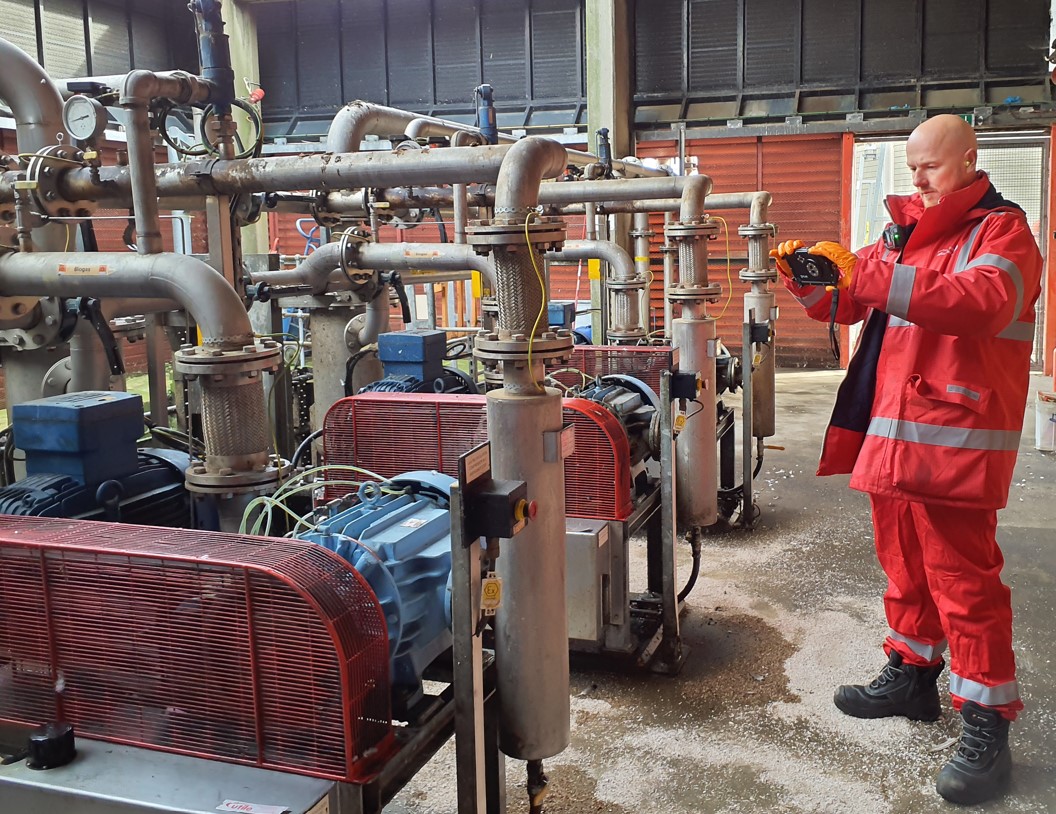
Address all HSE interventions with the FLIR Cx5 thermal imaging camera
The FLIR Cx5 enables at-risk facilities to meet their insurance obligations by limiting risk in potentially explosive environments and produces detailed analyses of mechanical and electrical components. It generates reports which attach clear thermal images for illustrative purposes, making it easy to communicate concerns up the line for approval on essential maintenance concerns.
“If you were to undergo an HSE intervention, the inspector could say ‘give me all the history of that asset,’” explains Ian. “This doesn’t cover a set period but the entire lifetime of that asset. Now, with the FLIR Cx5, we can clearly evidence maintenance processes.”
“Anglian Water’s team of in-house engineers uses the FLIR Cx5 camera to perform checks on mechanical and electrical assets as part of a three-yearly inspection cycle that’s done to reduce risk.”
Thermography: ‘The next evolution’ of inspection
Ian Spriggs is actively involved in several internal and external groups such as the CompEX non-electrical working group which is driving improvements for mechanical competence associated with hazardous areas.
As part of his expert insight into the field, he is recommending that certified thermography be integrated into a standard approach for mechanical equipment inspection in hazardous areas.
“The standards for mechanical assets are a long way behind electrical and they need to be brought up to speed. I am recommending that thermography be used in at-risk environments to reduce risk and offer more scope for faster, safer inspections across sites globally.”
